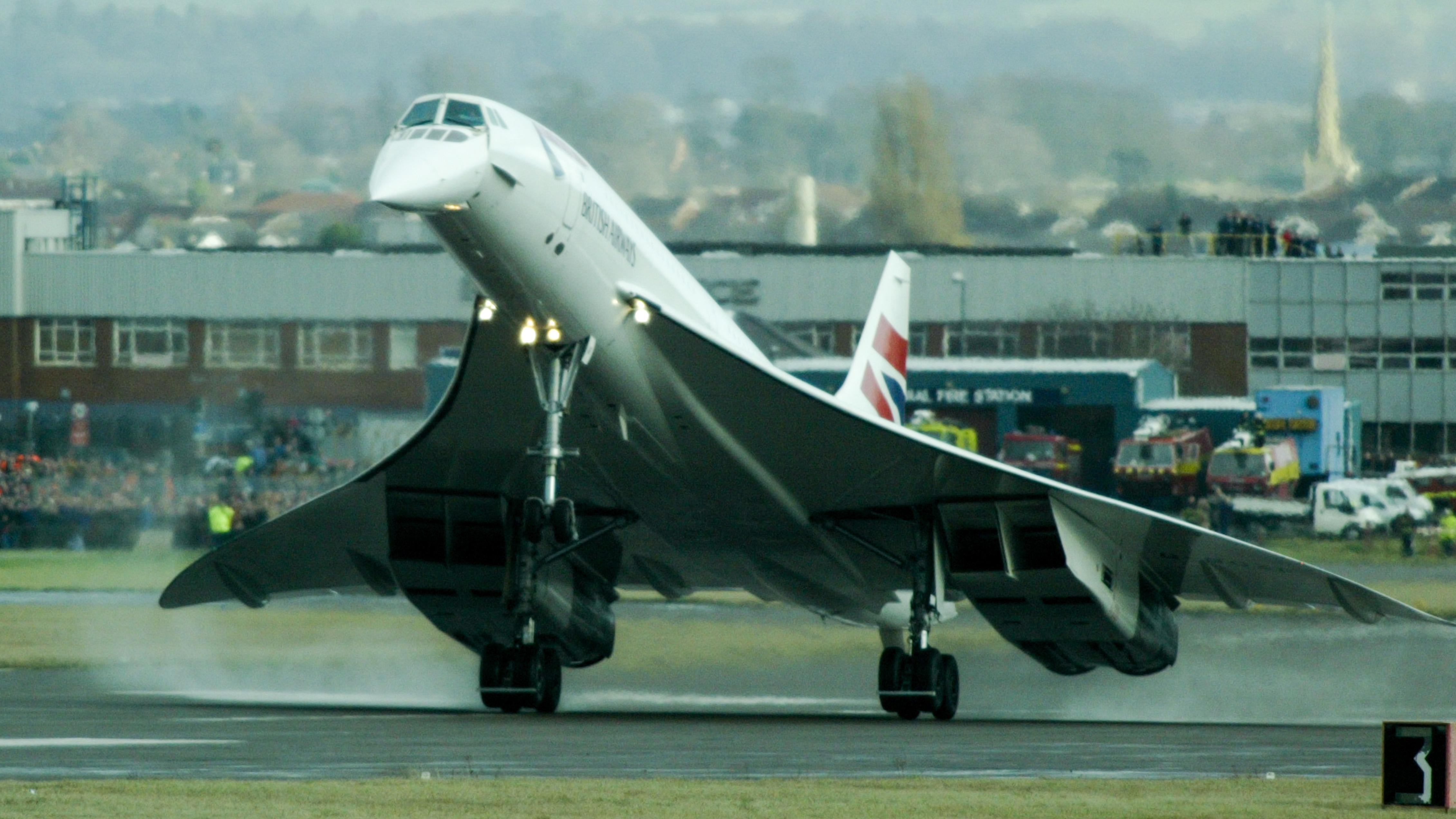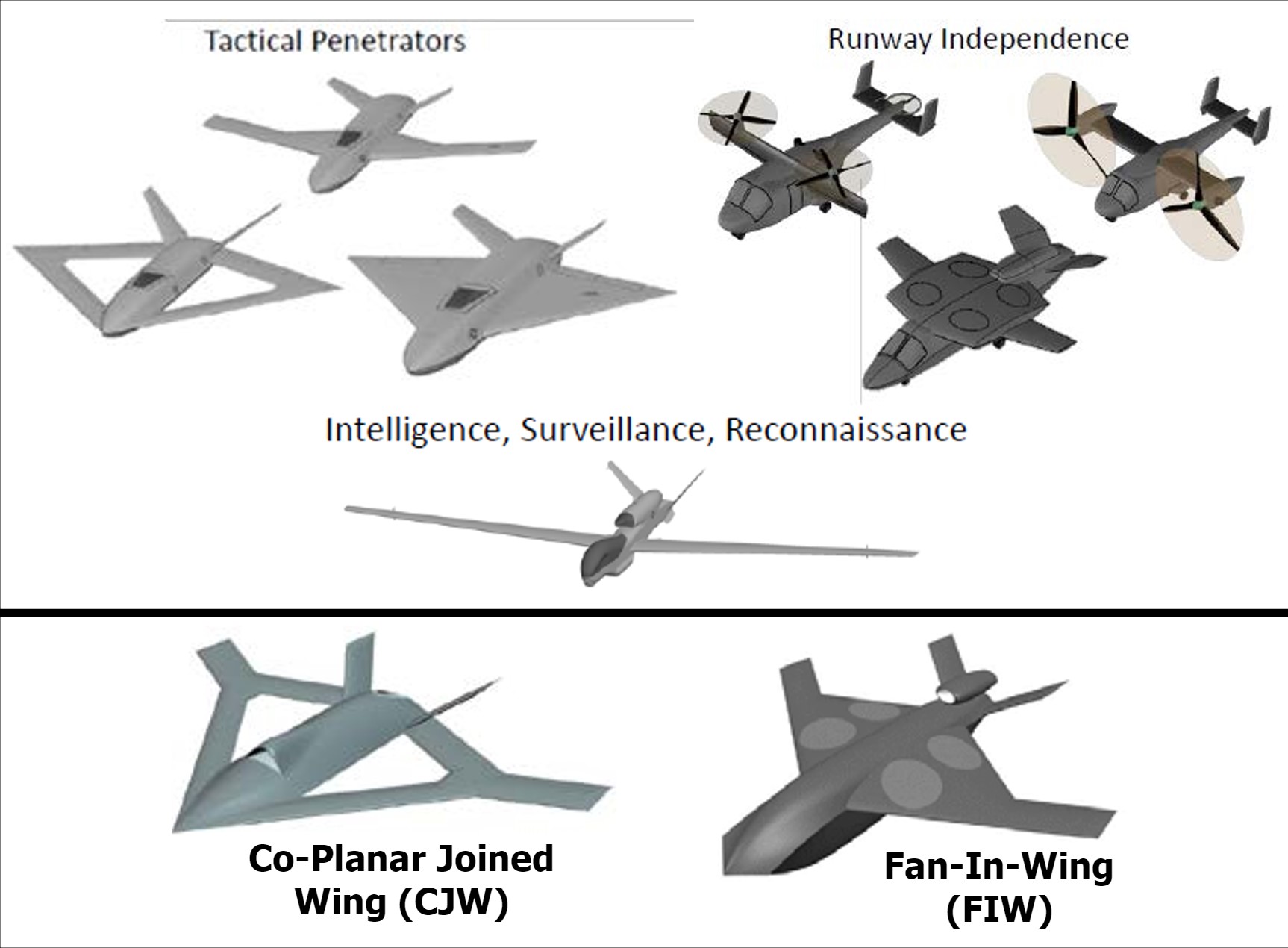This wild DARPA CRANE X-plane could be a giant leap in aircraft design
Aurora Flight Sciences will start the detailed design of the novel, high-performance aircraft as it powers towards an X-plane demonstration flight.

The U.S. Defense Advanced Research Projects Agency (DARPA) says it's time for some airplanes to drop elevators, flaps and rudders for flight control.
DARPA's new X-plane concept will remove these moving external control surfaces to reduce aerodynamic drag and increase fuel efficiency, contradicting a century of standard aviation design practices. But the advanced-technology branch of the U.S. Department of Defense says it has a workable alternative to keep control in the air at high speeds.
Aurora Flight Sciences received a design contract from DARPA Tuesday (Jan. 17) under the Control of Revolutionary Aircraft with Novel Effectors (CRANE) program, which seeks fly an experimental aircraft without moving joints.
The subsidiary of Boeing "will design a full-scale X-plane that relies solely on changes in air flow for in-flight maneuvers," DARPA wrote in a Tuesday tweet of Aurora's award. Should the concept succeed, officials added, the design will be "a new phase in creation of an aircraft."
Related: DARPA is exploring ways to build big things in space
Moving aircraft parts has been a necessary inconvenience for more than a century. On the one hand, control surfaces create drag and reduce fuel efficiency. Pilots, however, need to safely move the airplane around and elevators, flaps and rudders have been tried, tested and improved for decades.
DARPA is by no means the first to consider removing parts previously considered essential to flight operations. In 2018, a team at the Massachusetts Institute of Technology flew what they called the "first-ever plane with no moving parts", but that term was referring more to propulsion. MIT used an electric charge on the plane to stay aloft, an effect known as "ionic wind" — not traditional propellers or engine turbines.
Breaking space news, the latest updates on rocket launches, skywatching events and more!
Some aircraft of the past have done away with one or more traditional moving surfaces, however. "Tailless aircraft," for example, incorporate pitch and roll into the main wing but usually still require a rudder. Such aircraft have been around since at least the 1910s, with the now-retired supersonic Concorde aircraft as perhaps the most prominent example.
There are few details available now about how CRANE will stay stable in the air, but intriguing hints are available via a 2021 presentation by Alexander "Xander" Walan, program manager of DARPA's Tactical Technology Office.
Active flow control (AFC) uses a variety of methods such as jets of air or even electric discharges to shape or sculpt the flow of air over the aircraft, the presentation notes. DARPA seeks to use commercial parts where possible to provide affordable alternatives and to "fully explore the AFC trade space," meaning to seek technologies that could provide viable alternatives.
While no further details on AFC are available on DARPA's laconic CRANE website, the Aurora announcement suggests their design would use "modular wing configurations that enable future integration of advanced technologies" to achieve AFC.
That's not much to go on, but in the 2021 presentation, Aurora's bid pledged to model several conceptual wing designs to find the best one. Judging from available photos, it looks like the X-plane will use a type of "coplanar joined wing", which includes two forward wings and two aft wings instead of the traditional V-shaped wing on most commercial and military aircraft.
The next portion of CRANE, known as Phase 2, will entail designing and developing the controls and flight software. It will complete with a critical design review of the X-plane. DARPA may ask for a Phase 3 to fly a 7,000-pound (3,175-kg) X-plane demonstrator with AFC technology. No financial or timeline details were released.
Elizabeth Howell is the co-author of "Why Am I Taller?" (ECW Press, 2022; with Canadian astronaut Dave Williams), a book about space medicine. Follow her on Twitter @howellspace. Follow us on Twitter @Spacedotcom or Facebook.

Elizabeth Howell (she/her), Ph.D., was a staff writer in the spaceflight channel between 2022 and 2024 specializing in Canadian space news. She was contributing writer for Space.com for 10 years from 2012 to 2024. Elizabeth's reporting includes multiple exclusives with the White House, leading world coverage about a lost-and-found space tomato on the International Space Station, witnessing five human spaceflight launches on two continents, flying parabolic, working inside a spacesuit, and participating in a simulated Mars mission. Her latest book, "Why Am I Taller?" (ECW Press, 2022) is co-written with astronaut Dave Williams.



